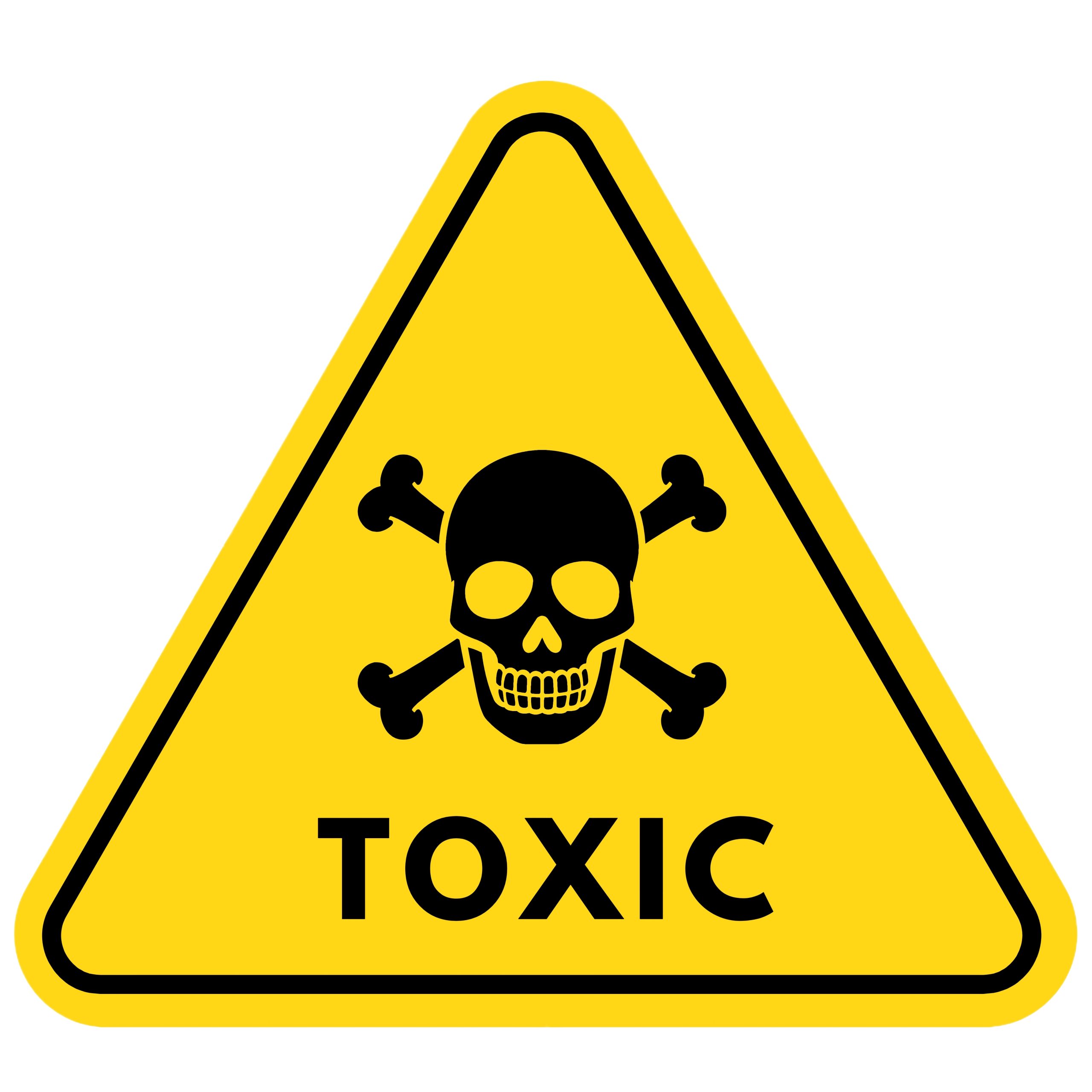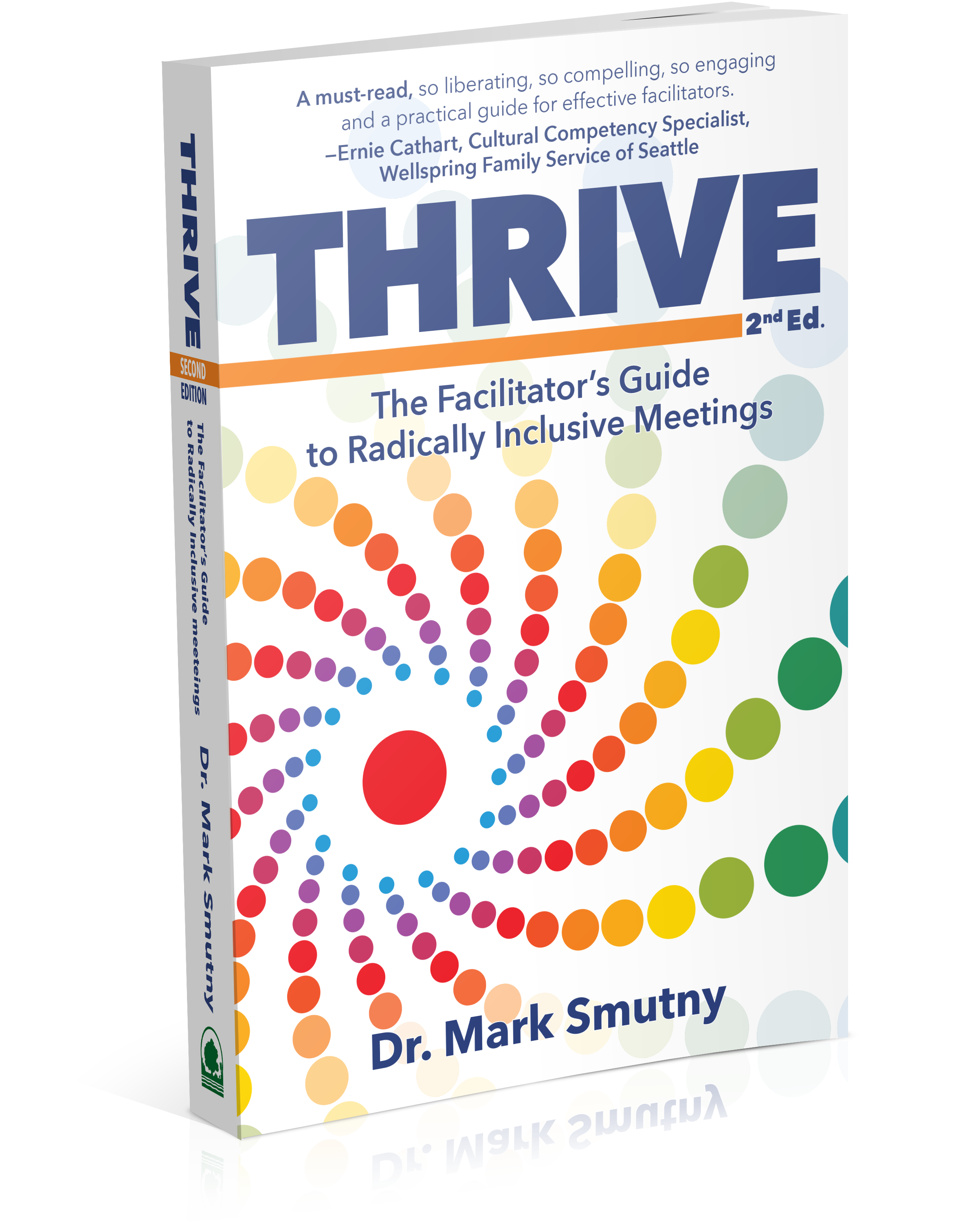
Addressing Executive Director Abuse and Toxicity: A Guide for Nonprofit Boards
by Dr. Mark Smutny, Founder and Nonprofit Consultant, Civic Reinventions, Inc.
Nonprofit boards of directors hold a fiduciary duty to the organizations they serve. This duty goes beyond financial oversight—it includes ensuring ethical leadership, maintaining a safe and equitable workplace, and protecting the nonprofit’s mission and reputation. When a board receives reports that an executive director is abusive or fostering a toxic work environment, the situation demands swift and careful attention. Mishandling such allegations can lead to significant legal, financial, and reputational risks.
Here’s a guide to the responsibilities and legal requirements of nonprofit boards when facing such serious concerns.
Legal Responsibilities of Nonprofit Boards
Nonprofit boards are legally bound by three primary fiduciary duties:
-
Duty of Care
Board members must act with the same care that a reasonably prudent person would exercise in similar circumstances. This includes investigating allegations thoroughly and making decisions based on sufficient information.
-
Duty of Loyalty
Board members must prioritize the nonprofit’s interests above personal or external loyalties. This means addressing allegations of abuse transparently and without favoritism.
-
Duty of Obedience
Boards must ensure the nonprofit complies with laws, adheres to its mission, and upholds its internal policies, including those related to harassment, discrimination, and workplace conduct.
Steps a Nonprofit Board Should Take
When allegations of abuse or a toxic workplace arise, the board must act decisively and thoughtfully:
-
Acknowledge and Validate Reports
Create a safe avenue for staff or stakeholders to report concerns, such as an anonymous reporting mechanism. When allegations surface, acknowledge the gravity of the claims and assure transparency in how they will be addressed.
-
Consult Legal and HR Experts
Immediately consult with legal counsel and, if available, HR professionals or an outside HR consultant. This ensures compliance with employment laws and avoids legal missteps.
-
Conduct an Independent Investigation
Hire an independent investigator to assess the allegations. The investigator should be neutral, experienced in workplace conduct reviews, and external to the organization to ensure objectivity.
-
Implement Interim Measures
If the allegations suggest imminent harm or a severely compromised work environment, consider temporary actions such as placing the executive on administrative leave while the investigation is conducted.
-
Review Policies and Procedures
Ensure that the nonprofit has up-to-date policies on harassment, discrimination, and whistleblowing. If policies are outdated or inadequate, commit to revising them after addressing the immediate concern.
-
Act on Findings
Based on the investigation’s results, the board must take appropriate action. This could range from requiring coaching or remediation for the executive, to termination, or even reporting to law enforcement if warranted.
-
Communicate Transparently
While respecting confidentiality, the board should communicate with staff about the steps being taken to address the allegations. Transparency fosters trust and reduces speculation.
Why Taking Action Matters
Ignoring or downplaying reports of abuse can have dire consequences:
- Legal Liability: The board could face lawsuits for negligence if it fails to address harassment or a toxic work environment.
- Staff Morale and Retention: Employees who feel unsupported are more likely to leave, leading to turnover costs and a damaged organizational culture.
- Reputational Damage: Donors, stakeholders, and the public may lose trust in the nonprofit if allegations surface without action.
- Mission Impact: A toxic environment can derail the nonprofit’s ability to fulfill its mission effectively.
Proactive Steps to Prevent Toxicity
- Regularly Assess Leadership
Conduct annual reviews of the executive’s leadership style and its impact on workplace culture. - Foster a Culture of Accountability
Encourage open communication and implement training on workplace respect, conflict resolution, and unconscious bias. - Monitor Board Oversight
Ensure the board is actively engaged and not overly deferential to the executive leader.
Conclusion
When abuse or toxicity is reported, nonprofit boards must rise to the challenge with integrity, compassion, and diligence. By adhering to their fiduciary responsibilities, seeking expert guidance, and taking decisive action, boards can safeguard their organization’s mission, protect employees, and ensure the nonprofit remains a force for good in the community.
Need Help?

If your board needs training or support in navigating workplace issues, establishing stronger governance practices, or resolving unproductive conflict, I can help. I am Dr. Mark Smutny, the founder of my nonprofit consulting company, Civic Reinventions, Inc., helps build organizations that thrive in the midst of conflict.

I am the author of the award-winning book, Thrive: The Facilitator’s Guide to Radically Inclusive Meetings, 2nd ed.
Be in touch by emailing me at mark.smutny@civicreinventions.com or by calling 626.676.0287. I’m here to listen.
